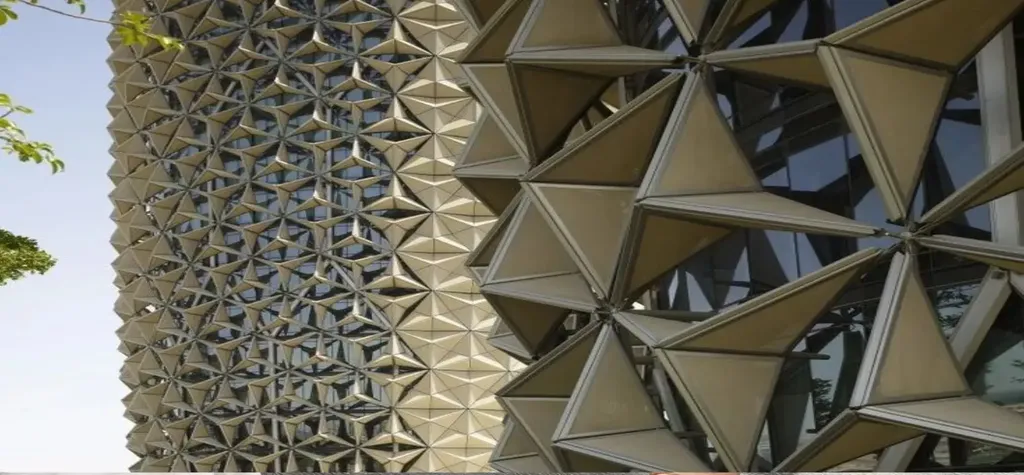In the quest for sustainable and energy-efficient buildings, researchers are turning to dynamic facades that can adapt to changing environmental conditions. A recent study published in the journal *Buildings* (which translates to “Buildings” in English) sheds light on the potential of these innovative building skins to revolutionize the construction industry. Led by Jian Wang from the College of Civil Engineering and Transportation at Yangzhou University in China, the research offers a comprehensive review of energy-saving design techniques for dynamic building facades.
The construction industry is a significant contributor to global energy consumption and carbon emissions. Traditional static building envelopes often fall short in optimizing energy performance. However, dynamic skins—facades that can adjust their properties in response to environmental changes—present a promising solution. “Dynamic skins have great potential in adapting to the environment, reducing energy consumption, and improving human comfort,” Wang explains.
The study highlights several core technologies that are driving the development of dynamic facades. These include intelligent materials, multi-layer facades, dynamic shading, and biomimetic facades—designs inspired by nature. For instance, biomimetic facades mimic the adaptive mechanisms found in plants and animals, such as the way a Venus flytrap adjusts to its environment. These technologies are not just theoretical; they are being integrated into real-world applications, offering tangible benefits for both energy efficiency and occupant comfort.
One of the key findings of the research is the use of parametric modeling, computer simulation, and multi-objective algorithms to optimize the performance of dynamic skins. These tools allow architects and engineers to design facades that can respond intelligently to factors like sunlight, temperature, and wind. “Integrated technology design, interaction design, and lifecycle design are effective methods for improving dynamic skin energy efficiency, resident satisfaction, and economic benefits,” Wang notes.
The commercial implications of this research are substantial. As energy costs rise and environmental regulations tighten, the demand for energy-efficient buildings is growing. Dynamic facades offer a way for developers and architects to meet these challenges head-on, reducing energy consumption and lowering operational costs. Moreover, the improved comfort and aesthetic appeal of dynamic skins can enhance the marketability of buildings, making them more attractive to both buyers and tenants.
Despite the challenges in implementation, such as higher initial costs and the need for advanced technology, the study concludes that dynamic skin technology remains one of the most effective solutions for future sustainable building design. As the construction industry continues to evolve, the insights from this research could shape the development of next-generation buildings that are not only energy-efficient but also responsive to the needs of their occupants. The findings suggest that dynamic skins are not just a trend but a necessary step toward a more sustainable future.
In the words of Wang, “Dynamic skin energy-saving technology is poised to play a crucial role in the transition to greener, more efficient buildings.” As the industry looks to the future, the potential of dynamic facades to transform the way we build and live cannot be overlooked.

